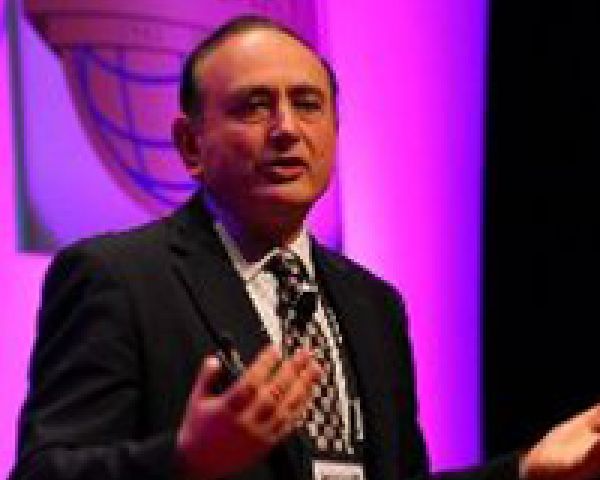- “Success in business is influenced by many factors: effective strategy and execution; deep understanding of the business environment, including its risks; the ability to innovate and adapt; and the ability to align strategy throughout the organization.”
- "The CEO gathers senior corporate and business unit leaders off-site three times a year. As well as fostering transparency, teamwork and alignment, this ensures that the resulting information reaches the board of directors in time for its meetings….The result: The leadership team is more engaged in what the company’s businesses are doing, not just divisional priorities. This makes them more collaborative and informed leaders. This helps foster a more unified brand and culture across the organization.”
- “A sound understanding of global business conditions and trends is fundamental to effective governance and planning.” Comment: Understanding the external context is critical if optimal objectives and strategies are to be set, with an adequate understanding of the risks inherent in each strategy and the relative merits of every option.
- “Strategy and planning is a dynamic process, and disruptive innovation is essential for cultural change and strategic agility. Management and the board must continually consider new initiatives that may contribute to achieving the organization’s long-term vision and aspirations.”
- Key risk indicators are established for strategies, plans, projects and so on.
- “Evaluation and monitoring to manage risks and the overall impact on the organization is an ongoing process….Monitoring is a continuous, multi-layered process. In addition to quarterly monitoring of progress against the three-year operating plan and one-year budget, the company has initiated bottom-up 'huddle boards' that provide critical information across all levels of the organization."
- “Effective governance requires a tailored information strategy for the executive leadership team and the board of directors…. This should include: essential information needed to monitor and evaluate strategic execution of the organization; risks to the achievement of long-term objectives; and risks related to conforming to compliance and reporting requirements.”
- “Integrating the ERM, FP&A and budget functions can help to manage risks effectively and to allocate limited capital more quickly and efficiently.”
Integrating Strategy, Risk and Performance
Rather than setting strategies and only then considering risk, consideration of risk should be a critical element in the strategy process.







